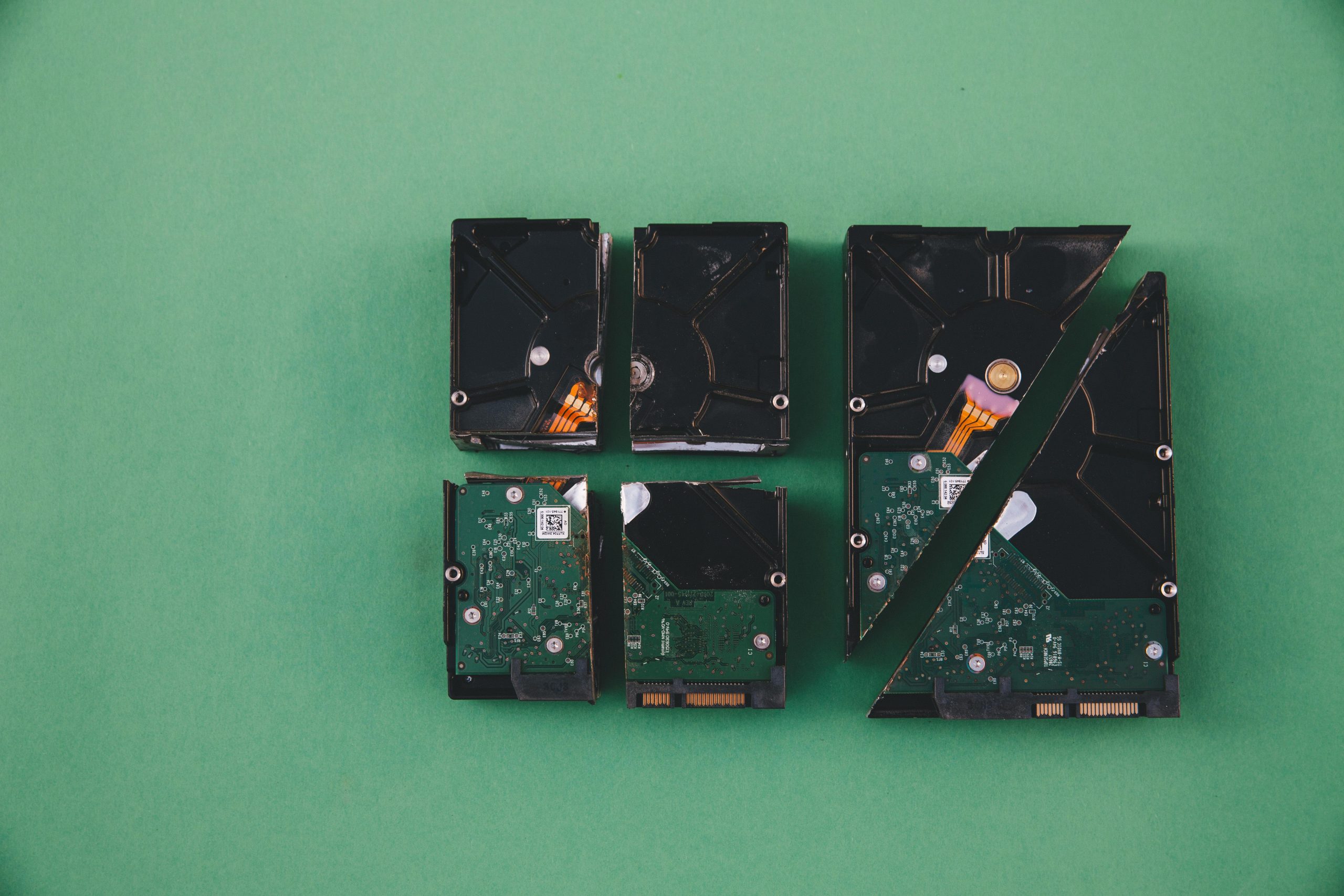Recovering Lost Files: A Cautionary Tale of a File Explorer Crash
In the digital age, the preservation of our cherished memories is paramount, especially when it comes to precious photographs. Recently, I faced a disheartening situation that serves as a valuable reminder about data management and backup strategies.
As part of my routine, I manually transfer photos from my iOS device to my Windows 10 laptop. To keep things organized, I create monthly folders labeled by date, such as “2025-05.” After each transfer, I typically delete the images from my phone to free up space. On this particular day, however, while transferring my photos, Windows File Explorer unexpectedly crashed.
This isn’t the first time I’ve experienced a crash, so I assumed restarting the application would be a simple fix. However, upon returning to my directory, I discovered that my “2025-05” folder had completely vanished. A quick check of the recycle bin yielded no results, and to make matters worse, I had already removed the photos from my phone. The sinking feeling of losing those memories was all-consuming, and it seemed as though the folder had never existed.
In my quest to recover the lost data, I explored various avenues: searching for hidden files and utilizing every trick I could think of. Yet, nothing worked; it was as if the folder had been erased from existence entirely.
If you find yourself in a similar predicament, here are a few suggestions that may help you restore lost files and protect your data in the future:
-
Use File Recovery Software: There are numerous applications available that specialize in recovering lost or deleted files. Look for reputable Software to help retrieve your missing folder.
-
Enable File History: Windows offers a backup feature called File History. By enabling this, you can automatically back up your files, making it easier to recover them in case of an accidental deletion.
-
Regular Backups: Consider implementing a routine backup system, such as using external hard drives or cloud storage services. Regularly transferring your files to a secondary location can provide peace of mind.
-
Avoid Force Stopping Transfers: Ensure that you allow sufficient time for file transfers to complete before closing or restarting File Explorer.
-
Stay Updated: Always keep your Software up to date, as updates often include important bug fixes that can prevent crashes.
While I’m still grappling with the loss of my photos, I hope my
Share this content:



